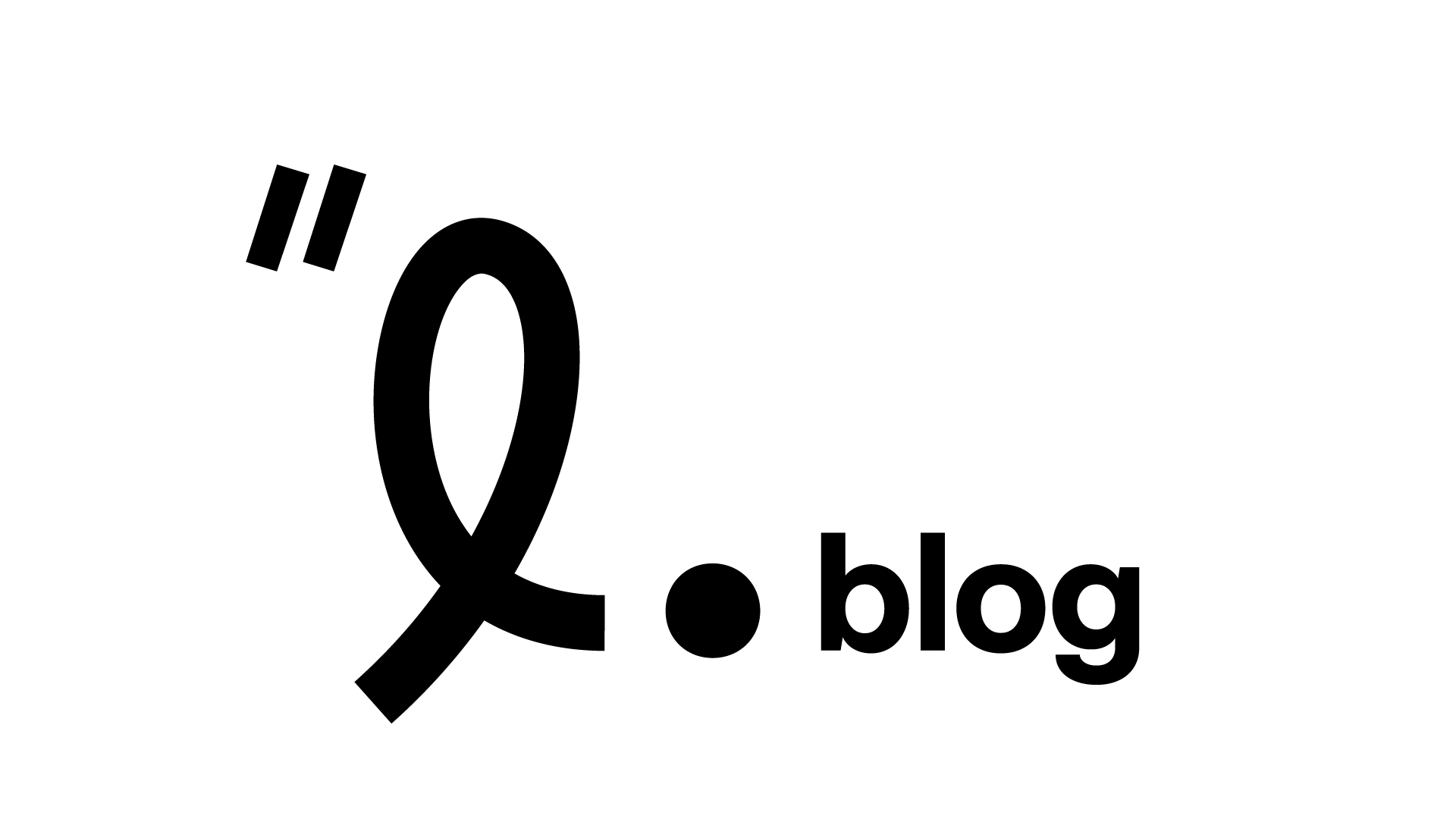What makes a good translation? This could be answered with the translators’ go-to phrase: it depends on the context. A creative translation should be fluent and expressive, whereas translations of agreements must follow the source text meticulously. There’s plenty of room for many kinds of texts between the two, and each genre has its own characteristics and requirements. There are also customer-specific requirements that have to do with industry terminology and brand-related concerns. Quality is also affected by non-language-related issues, such as layout and schedules. In short, it could be said that what makes a good translation is fulfilling the requirements set for it.
From profession to process
Before computer-assisted translation became an integral part of the translation process, quality was primarily in the hands of individual translators and their skills. People gained experience through years of work in the field, and knowledge of specialised terminology was eventually “processed” into the translator’s memory. Today, we have a nearly limitless amount of information at our fingertips, which puts more emphasis on the translator’s competence in searching for information. A wide range of translation memory, terminology, and machine translation tools can also be used to make the translator’s work easier.
Even though most translators work alone, often from home, a translator’s work is very much a team effort. Especially freelance translators working as subcontractors for large translation agencies work in close collaboration with the commissioning agencies according to specific processes. For the process to flow seamlessly and for the final product to be what the customer expects, each person participating in the process must take care of their own responsibilities:
- The customer should deliver all materials in the agreed format and include all necessary instructions and background materials (for example information on the desired style, target audience, and customer-specific terminology).
- The translation agency analyses and, if necessary, pre-processes the materials to be translated, delivers the materials, instructions, translation memories, and terminology files to the translator, communicates with both the customer and the translator during the translation process, and delivers the finalised translation to the customer according to the agreed schedule.
- The translator translates the materials according to the agreed schedule, following the provided instructions and making use of any support materials, and contacts the agency/customer if these are any issues in need of solving during the translation process.
Quality – measurable characteristic or customer experience?
The quality of translations and translation services can be measured according to different criteria. For example, the quality of the language of the final product can be evaluated based on how many typological, grammatical, or terminological errors can be found. The fewer the errors, the better the quality. As for the quality of service, it can be measured, for example, by evaluating how quickly the customer receives an order confirmation or an answer to their question, how often deliveries are made on time, and how smoothly the invoicing process works. In order to provide a high-quality customer experience, both the product and the service must meet the set requirements.
The best results can be achieved through cooperation. It’s important that any requirements and expectations are expressed clearly, any issues are communicated openly and in a timely manner, constructive feedback is given, and the process is developed in cooperation to ensure the best possible outcome for all parties. Cooperation is the key to success!
Categories:

